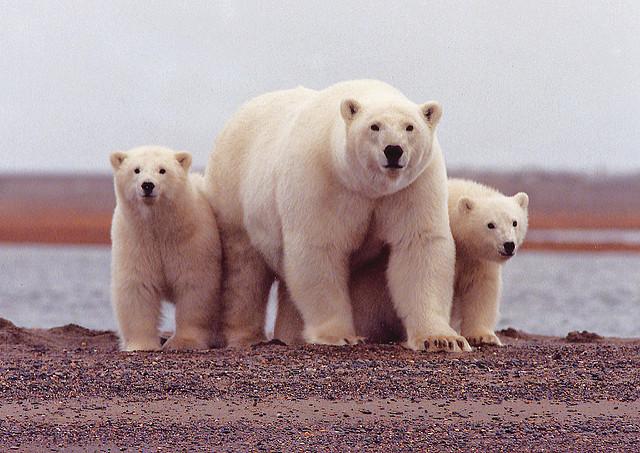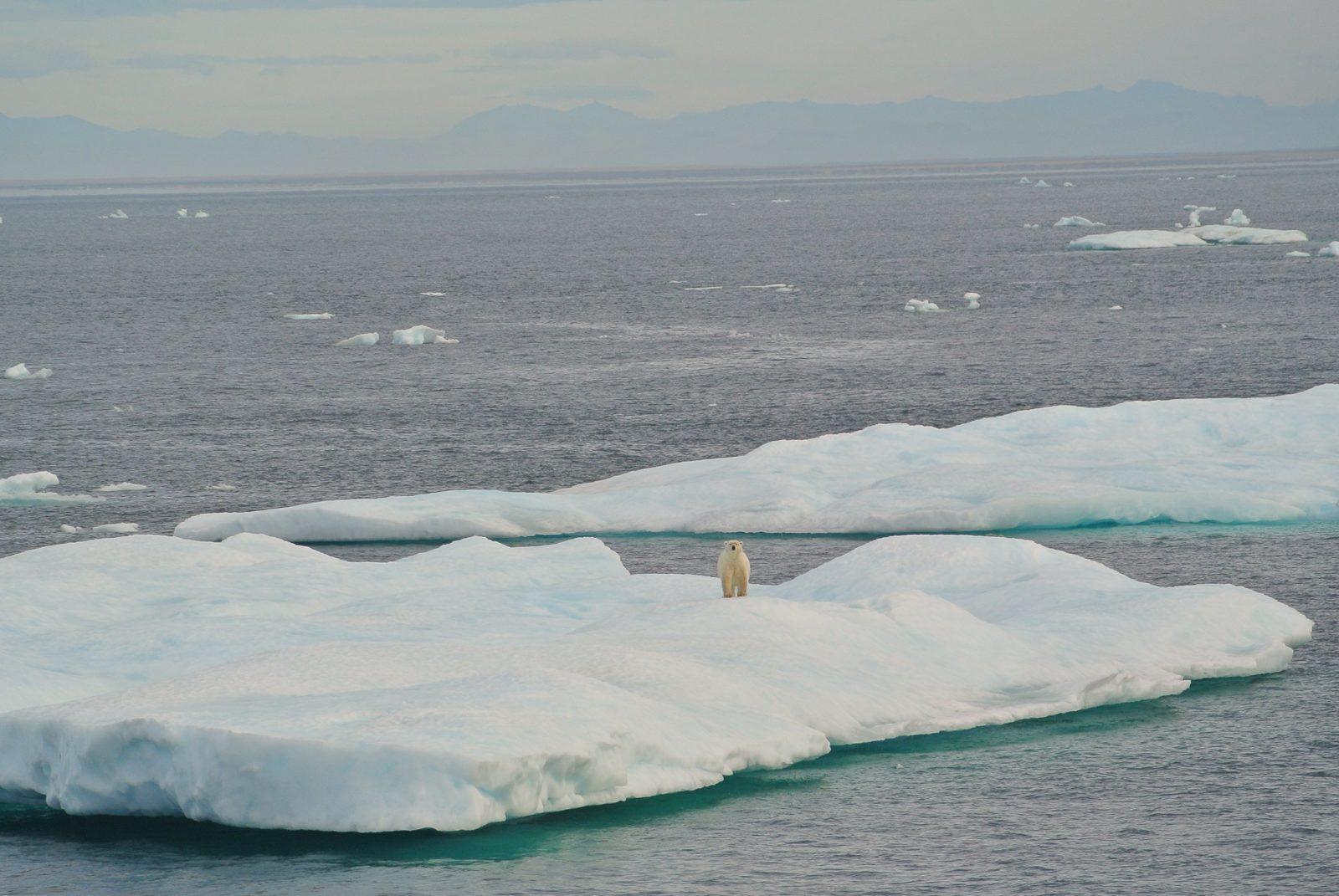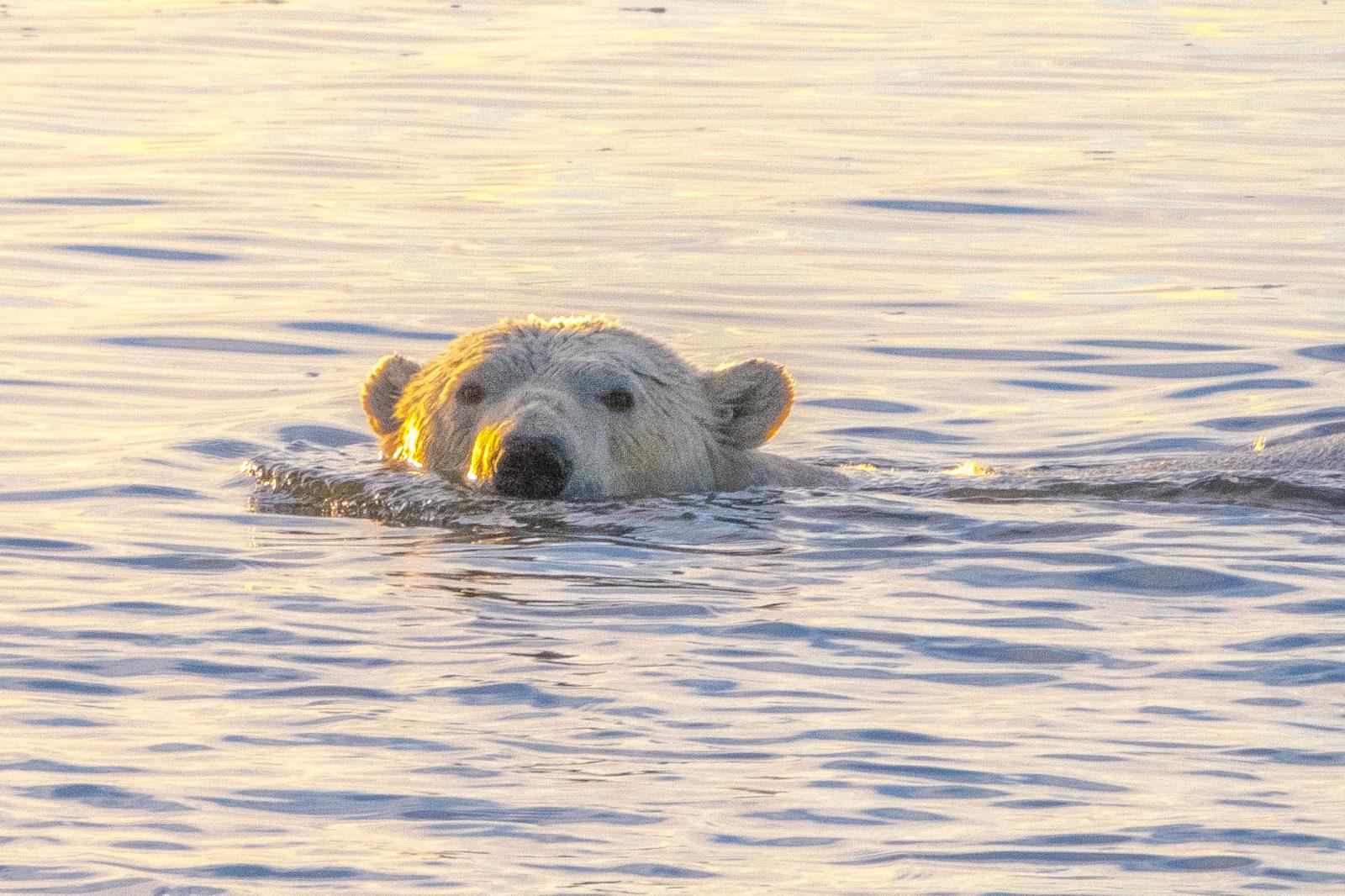
Litigation 101: How did a magistrate imperil already vulnerable polar bears?
By Dawnell Smith
Magistrate judges can take the load off other judges by doing cut and dry work, like issuing warrants or conducting pretrial motions, and making factual findings.

Recently, a magistrate judge with the federal District Court in Alaska issued findings and recommendations in one of our cases. This is not a final ruling, however. Here’s what happened and why we’re filing formal objections.
In the fall of 2021, we filed a lawsuit challenging the U.S. Fish and Wildlife Service’s 2021 5-year incidental take regulation allowing harm to polar bears during oil and gas activities in the Beaufort Sea and nearshore North Slope. We raised claims that the regulation violated the Marine Mammal Protection Act, the National Environmental Policy Act, and the Endangered Species Act.
We weren’t asked to consent to a magistrate judge deciding the case—and consent would be required before giving a magistrate final decision-making authority in our case. Instead, the District Court judge kicked us to the magistrate “for all pretrial disposition or findings and recommendations.”
So, what do magistrate judges do?
In the federal court system, a magistrate can support District Court judges by assisting and having limited authority to hear certain issues or handle certain court processes.
Magistrates typically don’t rule on things like motions for summary judgement, however. This kind of motion basically ask the court to rule on at least one claim without a trial. Summary judgment motions apply when there is no disagreement over the facts legally relevant to the claims, allowing the judge to enter a final judgment on those matters.
All our briefs in the case around the 2021 Fish and Wildlife Take Regulation were for summary judgement.

So the magistrate’s role in our case involved issuing findings and recommendations to the District Court judge, not making a final ruling.
We object!
In this case, the magistrate recommended a denial of our motions on all counts and didn’t address many points made in our arguments. We’ll be filing our objections on Tuesday, Feb. 21.
They center on core legal and public interest claims. Fish and Wildlife Service has an obligation by law to fully consider the impacts of industry’s harm to polar bears and to mitigate them, but failed to do so in its 2021 regulation, despite other mitigation measures being available.
The health of Beaufort Sea polar bears depends upon Fish and Wildlife Service preventing or mitigating impacts to polar bears, and not allowing oil and gas activities to imperil an already threatened and declining population of bears.
Just to be clear: The 2021 Fish and Wildlife regulation allows oil and gas corporations to harass polar bears while carrying out broad and intensive industrial activities for five years from 2021-2026. It gives the go-ahead for oil operators to harass bears in ways that compel the animals to delay or stop feeding, hunting, tending young, interacting with other bears, and generally focusing on survival. This includes harassment like scaring bears off with noise, equipment, and vehicles, and disrupting polar bear denning or eating sites.
Fish and Wildlife Service’s own evidence made it clear that the oil and gas activities proposed would have significant, and possibly lethal impacts to polar bears.
For denning cubs, who are weak and need time in their dens with their mothers, this harassment can be fatal. Fish and Wildlife Service’s science presented a 95 percent probability that the North Slope’s oil and gas activities will cause serious injury or death to polar bears over the regulation’s five-year period.

The Southern Beaufort Sea population of bears declined by 40 percent in the first decade of the 21st century and has continued to decline in a stair-step pattern, according to a study released in 2021.
What’s next?
The District Court could accept, reject, or modify the magistrate’s findings in a final order and judgement.
The case centers on multiple laws and agency obligations, along with technical and scientific understandings of populations and the kind of harm done when oil companies industrialize areas where these polar bears live, hunt, give birth, den, and eat.
It’s essential that the District Court judge take a close look at our claims and the case as a result of our formal objection, because there’s a lot at stake.
Polar bears are a keystone species in the Arctic and essential to the health and survival of other animals within interconnected ecosystems. Industrialization has both directly harmed polar bears and been the driver of climate change, which has further made this population vulnerable. Fish and Wildlife Service needs to get it right and it didn’t do so here. We’re confident the District Court will look at our claims and seriously consider them when deciding the case.


